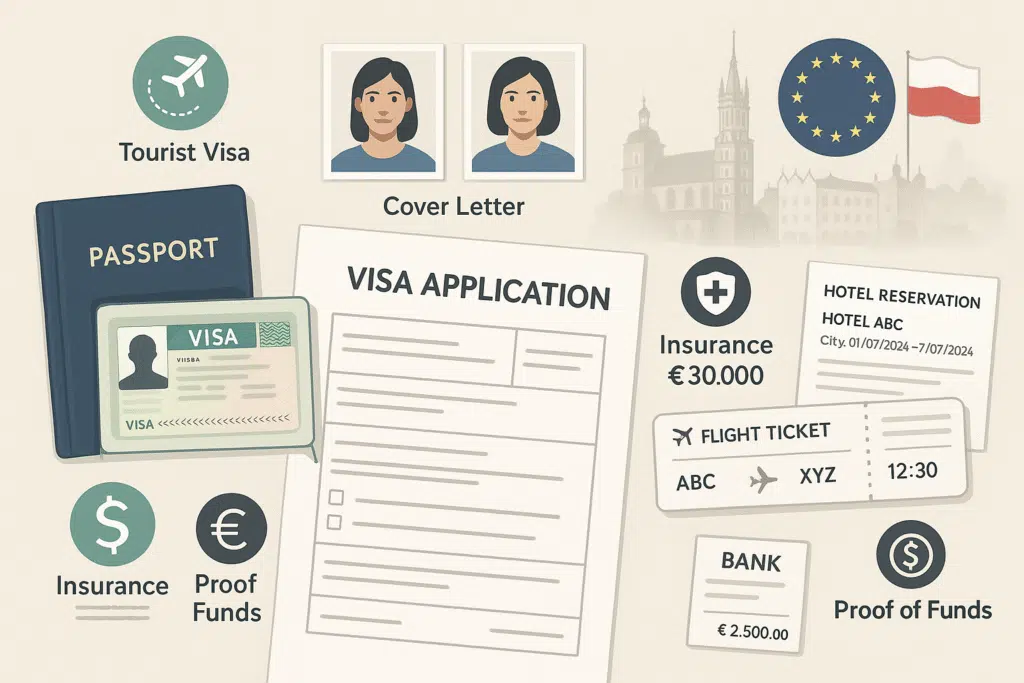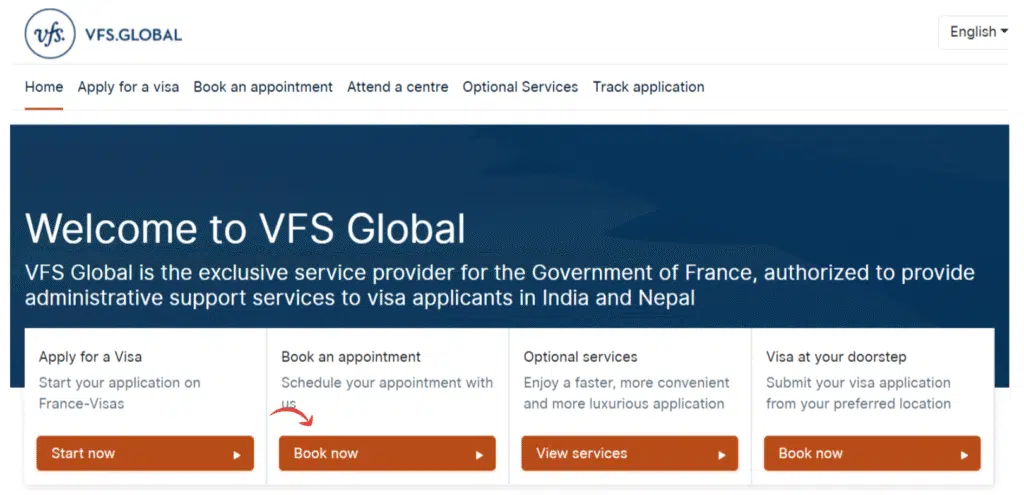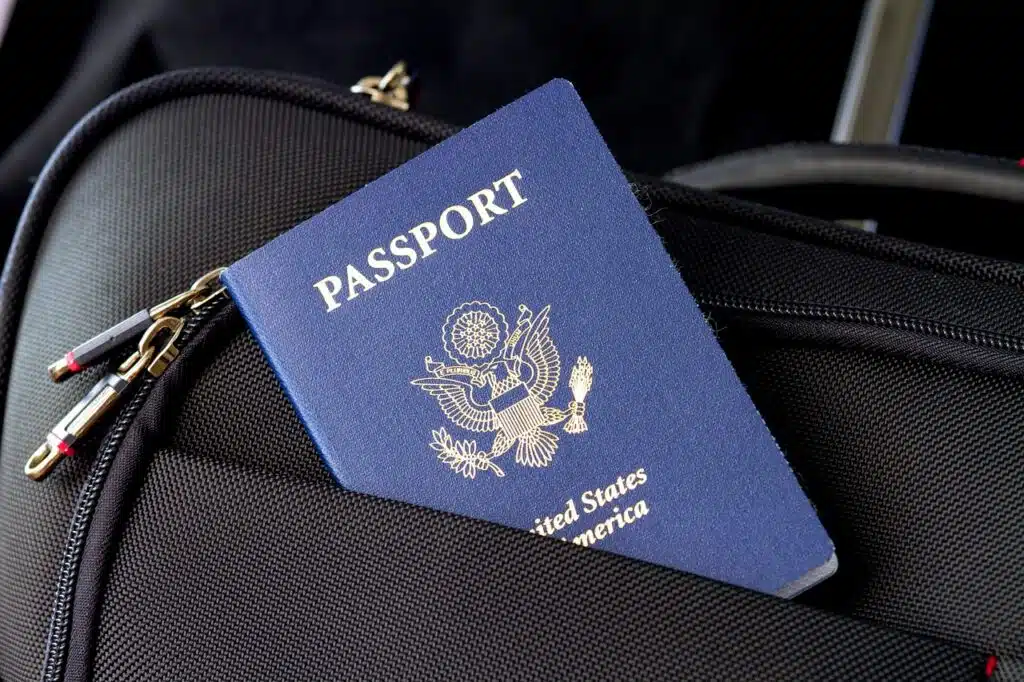Are you wondering whether you need a visa to visit Poland? You’re not alone. It does not matter whether your travel reasons would include sightseeing, seeing family, a workshop, or even as a way to regain a denied visa; what should be known is where you stand before going on a trip and making a flight reservation.
I am Zofia Lewandowska, and I have experienced this myself. I have managed to secure a visa for my clients to go to Poland. I understand how frustrating it could feel when you are trying to navigate through information that is all over the place.
In this blog post, I will show you, step by step, all the means of going to Poland legally. If you happen to qualify to receive visa-free access or require a Schengen visa.
Method 1: Citizens of Visa-Free Countries
As long as you are among the citizens of the countries that happen to be on the Polish list of countries whose citizens do not require a visa.
Countries like:
- United States
- United Kingdom
- Canada
- Australia
- UAE
- South Korea
- Japan
- And most EU/Schengen countries
What You Can Do Without a Visa
- Tourism or business meeting in Poland
- In at least 90 days of the 180 days
What You Still Need
You must have:
- Valid passport (would have to be 3 months valid after your stay)
- Take the evidence of going back (air ticket)
- Show proof of accommodation (hotel or host info)
- Travel insurance of at least 30,000 euros in coverage
- Submit bank statements

Method 2: Apply for a Schengen Visa
Assuming your nation is not on the visa-free list, then you will have to apply for a Schengen Visa.
1: Choose Your Visa Type
The answer is to clarify why it is you are visiting Poland before making an application. Depending on that, select the type of visa.
Common Visa Types:
- Tourist Visa – Tourist visa, tourism, sightseeing, Vacation, travel
- Business Visa – To hold meetings, exhibitions, conferences
- Visitor Visa – If staying with friends or family
- Short-Term Study Visa – If attending a training or course
I was a tourist to whom a tourist visa was applied, I have the reservation of a hotel reservation and a definite plan.
Read Also: German Citizenship in 2025 – All Legal Paths Explained
2: Prepare Your Documents
- Schengen Visa Application Form
- Two passport-sized photos
- Valid passport
- Flight reservation
- Accommodation proof
- Travel insurance
- Proof of funds
- Employment or study proof
- Cover letter
It will demonstrate your purpose, intentions, and connections to the home country. I have written mine clearly and honestly, and this played a great part.

3: Book a Visa Appointment
Once your documents are ready:
- Take a look at the official website of the Polish Embassy in your country
- Or use VFS Global (in case they manage Poland visa applications in your region)
Tip: Reserve months in advance; availability fills quickly, particularly during the summer months.

4: Go to the Appointment
On the day you were to be seen:
- Smart clothes, good manners
- Be able to answer all questions
- Answer all questions confidently and honestly
- Provide biometrics (fingerprints + photo)
In case something is lacking, be honest about it. They can read between the lines.
5: Wait for Processing
- Your country
- Time of year
- Embassy workload
- If additional documents are needed
When it is granted, they will give you a visa sticker in your passport.
Method 3: Visiting Family or Friends in Poland
In case you have family or close persons in Poland, you have the chance to apply for a Visitor Visa.
You’ll Need
- Invitation letter from your host
- Host’s passport/residence permit copy
- Proof of relationship (photos together, birth or marriage cert)
- Accommodation and travel plan
- Your standard visa documents
You do not have to book a hotel or pay high travel expenses when your host provides you with either one of the two.
If You Were Previously Denied Entry
First: Understand the Reason for Rejection
The reason code you should have received would look like the following:
- 8A: Financial means not proven
- 3C: Purpose of visit unclear
- 9B: Risk of illegal stay
- 3C: Purpose of visit unclear
How You Can Reapply Successfully
- Gather stronger financial proof
- Write a new cover letter addressing the rejection and how you fixed it
- Attach new documents or a better itinerary
- Use a different visa type if needed (e.g., go from tourist to study)
- Get a visa consultant if you’re unsure
You might also take rejections back in case you provide cases appropriately the second time.
FAQs
1. Where can a Poland work visa be applied for online?
First, you have to obtain a work permit in Poland. After it is authorized, you can obtain a national visa from the Polish consulate.
2. How much does it cost to get a Poland visit visa?
Adults are 80 euros. Some pay less or receive exemptions
3. Can I get a Poland work visa from abroad?
Yes, however, you must have an appropriate job offer and a work permit approved, after which you can apply at your closest Polish embassy.
4. What’s the cost of a Poland work visa?
The cost of the official visa is 80 euros. There are other fees that can be charged regarding your local visa center.
5. Can I visit Poland as a tourist?
Yes. Visa-free countries require citizens to enter with up to 90 days of stay in the country. Other people have to obtain a Schengen visa.
Read Also: Travel Health Insurance for Schengen Visa (2025 Guide)
Final Thought
You were wondering whether you would need a visa to go to Poland or not, well, you know now. I have taken you through all options, starting with the visa-free short stays to the application of Schengen visa, the visit of relatives, the enrollment of short-term courses, and even the application after having received a rejection the first time.
Being a person who has already managed to receive a visa to Poland for my clients, once and for all, I can say: it can be easily done, provided there are certain steps to be taken.


